
As the Future Catches You: How Genomics & Other Forces Are Changing Your Work, Health & Wealth
by
Juan Enriquez
Published 15 Feb 2001
As a product becomes standardized and is mass-produced, be it a seed, a machine, or a computer program … The knowledge component becomes more important … And manual labor less valuable. Even in large and complex manufacturing processes like building automobiles … Transport and insurance costs exceed those of steel … Or of manual labor.5 (A Ford Taurus has more than 120 computer chips … more computing power than the Apollo lunar excursion modules.) The same is true even in agriculture … Look at something as basic as flower production. Imagine they asked you to find the ideal country for exporting flowers. You might be tempted to go looking for a place that had … A lot of land … Cheap labor … Fertile soil … Warmth … Sun … You would be wrong.
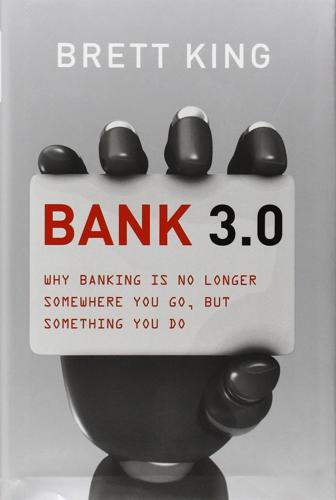
Bank 3.0: Why Banking Is No Longer Somewhere You Go but Something You Do
by
Brett King
Published 26 Dec 2012
Figure 9.1: Gordon Moore’s original graph predicting transistor growth (Credit: Intel Corp) In real terms this means that a mainframe computer of the 1970s that cost over $1 million had less computing power than your average smartphone has today. Have you ever watched the movie, Apollo 13? Remember they were trying to work out how to boot up the Apollo Guidance Computer without breaking their remaining power allowance? Well, that computer, which was at the height of computing technology in the ’70s, had around 32k of memory and ran at a clock speed of 1.024 MHz. When the IBM PC XT launched in 1981 it was already about eight times faster than the Apollo computer. The current iPhone 4S is roughly two million times more powerful than the Apollo 11 Guidance Computer that landed men on the moon.
…
The current iPhone 4S is roughly two million times more powerful than the Apollo 11 Guidance Computer that landed men on the moon. In fact, the first iPhone model (the 2G as it is now known) had more computing power in one handheld device than NASA had in its entirety in 1970. Figure 9.2: Apollo Guidance Computer (circa 1970) Credit: Draper Labs Those little musical greeting cards with a chip inside them to play a tune have more computing power than all the Axis and Allied forces had combined in World War II. In 1961 Monash University in Melbourne, Australia, purchased its first computer for the computer science department, the Ferranti Sirius.3 This computer had 1k of memory, 3k of additional storage in cabinets, and was programmed via tape.
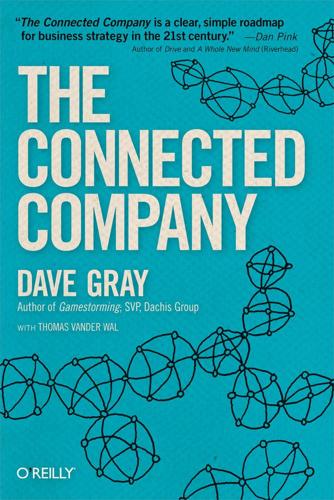
The Connected Company
by
Dave Gray
and
Thomas Vander Wal
Published 2 Dec 2014
A car is the manifestation of years of learning, accumulated through research, crash testing, metallurgy, electrical engineering, design, and a score of other disciplines, including good old trial and error. And as we have seen, a car itself provides the service of getting you comfortably from one place to another. The ratio of knowledge to matter in any product increasingly favors knowledge. A modern car contains more computing power than the system that guided Apollo astronauts to the moon. Consider the difference between a TV and a TiVo. The knowledge and services embedded in a product are what give the product its value. Consider an iPhone. Its value comes from the services it provides you: you can talk to friends, send messages to them, and access a wide variety of applications, songs, books, and even movies if you care to.
…
Notes for Chapter Three ACCENTURE Accenture 2010 Global Consumer Survey, February 18, 2011, http://www.accenture.com/us-en/pages/insight-accenture-customer-satisfaction-survey-2010-summary.aspx. AMERICAN EXPRESS 2011 Global Customer Service Barometer, a research paper prepared for American Express by Echo, http://about.americanexpress.com/news/docs/2011x/AXP_2011_csbar_market.pdf. COMPUTING POWER “Your Car Has More Computing Power than the System that Guided Apollo Astronauts to the Moon,” Institute of Physics, http://physics.org/facts/apollo.asp. KINDLE “Bezos: Kindle Fire is an End-to-End Service,” by Erick Schonfeld, Seeking Alpha, September 29, 2011, http://seekingalpha.com/article/296777-bezos-kindle-fire-is-an-end-to-end-service.

Smart Mobs: The Next Social Revolution
by
Howard Rheingold
Published 24 Dec 2011
Researchers at the University of California, funded by Defense Advanced Research Projects Agency (DARPA) grants, combine chips that manipulate information with “microelectromechanical systems” that can perform physical activities.48 Each “mote” combines a sensor (for pollution or nerve gas, for example) with optical transceivers that can communicate via laser beams for miles, sometimes with wings.49 The first prototype, the size of a matchbox, contained temperature, barometric pressure, and humidity sensors and more computing power than the Apollo moon lander. “There’s nothing in this thing that we can’t shrink down and put into a cubic millimeter of volume,” said UC professor Kristofer Pister.50 When motes grow small enough, they can fly or float. Flying motes might be taught to flock and swarm. Smart dust, like digital computers and computer networks, is a brainchild of the Pentagon, whose DARPA sponsors undoubtedly see this technology as the ultimate in invisible combat surveillance devices.

Augmented: Life in the Smart Lane
by
Brett King
Published 5 May 2016
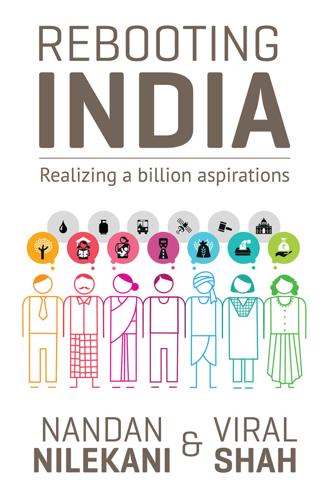
Rebooting India: Realizing a Billion Aspirations
by
Nandan Nilekani
Published 4 Feb 2016

Places of the Heart: The Psychogeography of Everyday Life
by
Colin Ellard
Published 14 May 2015

Progress: Ten Reasons to Look Forward to the Future
by
Johan Norberg
Published 31 Aug 2016
That is three billion people who each have more computer power in their pocket than the super computers of the 1960s had, with instant communication and access to all the world’s knowledge. With just one Google search, they set in motion a series of calculations that takes more computing power than was used by the entire Apollo Programme during its eleven-year project of putting a man on the moon. The Chinese bought more than 400 million smartphones in 2015 alone. This is a population that lived in deep misery and was banned from learning anything from the rest of the world just thirty years ago. Now, it has instant access to knowledge from around the world.
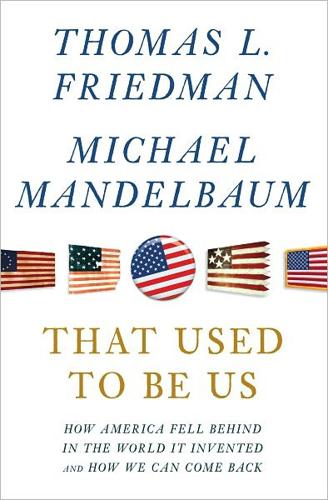
That Used to Be Us
by
Thomas L. Friedman
and
Michael Mandelbaum
Published 1 Sep 2011
We also need more routes to the top. Many of the good jobs opening up in this country do not require four years of college, but they do require high-quality vocational training. Learning to repair the engine of an electric car, or a robotic cutting tool, or a new gas-powered vehicle that has more computing power in it than the Apollo space capsule—these are not skills you can pick up in a semester of high school shop class. It is vital that high schools and community colleges offer vigorous vocational tracks and that we treat them with the same esteem as we do the liberal arts or “college” tracks. Maybe we don’t have to channel students as formally as do Singapore, Finland, and Germany—where early in high school students move either onto a track for four-year college or into vocational training of two or more years—but we do need to make clear that everyone needs postsecondary education, that there is a range of opportunities, that students need to start preparing for those different opportunities in high school, and, ultimately, that learning how to deconstruct a laptop computer in the local community college is as valuable as learning how to deconstruct The Catcher in the Rye at the state university.

Green Swans: The Coming Boom in Regenerative Capitalism
by
John Elkington
Published 6 Apr 2020

The Fourth Industrial Revolution
by
Klaus Schwab
Published 11 Jan 2016

The Everything Blueprint: The Microchip Design That Changed the World
by
James Ashton
Published 11 May 2023

Fully Automated Luxury Communism
by
Aaron Bastani
Published 10 Jun 2019
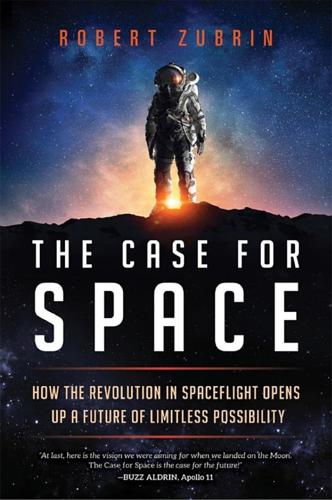
The Case for Space: How the Revolution in Spaceflight Opens Up a Future of Limitless Possibility
by
Robert Zubrin
Published 30 Apr 2019
One solution for this problem is the lower the freight rate by making the launchers reusable. There is another way, however, to solve this problem, and that is to slash satellite launch costs by cutting their weight. Miniaturization has made great strides in computers and other areas of electronics. Indeed, a good cell phone today packs more computing power than the room-sized mainframes that enabled the Apollo program. If we can shrink computers by a factor of a thousand, why not satellites? At $5,000 per kilogram, a ten-thousand-kilogram satellite would cost $50 million to launch, but a ten-kilogram unit only $50,000. If you want to get into space on the cheap, this could be the easiest way to do it.

AIQ: How People and Machines Are Smarter Together
by
Nick Polson
and
James Scott
Published 14 May 2018
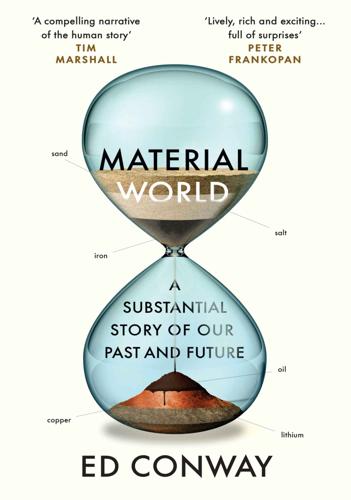
Material World: A Substantial Story of Our Past and Future
by
Ed Conway
Published 15 Jun 2023

Boom: Bubbles and the End of Stagnation
by
Byrne Hobart
and
Tobias Huber
Published 29 Oct 2024
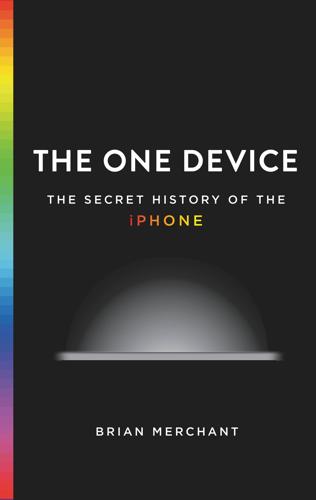
The One Device: The Secret History of the iPhone
by
Brian Merchant
Published 19 Jun 2017
“If Neil were to write his book again today,” Kay quips, “it would be called Distracting Themselves to Death.” Whether you consider the iPhone an engine of distraction, an enabler of connectivity, or both, a good place to start to understand how it’s capable of each is with the transistor. You might have heard it said that the computer in your phone is now more powerful than the one that guided the first Apollo mission to the moon. That’s an understatement. Your phone’s computer is way, way more powerful. Like, a hundred thousand times more powerful. And it’s largely thanks to the incredible shrinking transistor. The transistor may be the most influential invention of the past century.
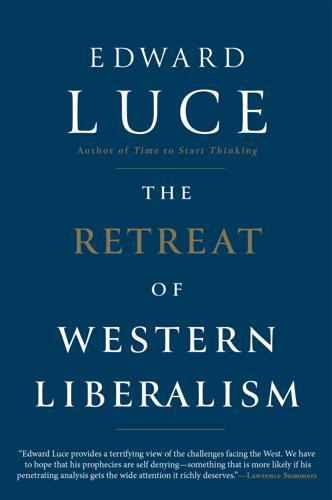
The Retreat of Western Liberalism
by
Edward Luce
Published 20 Apr 2017
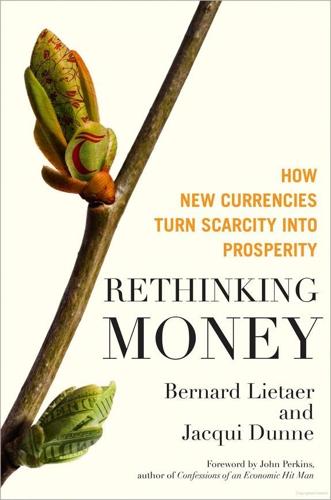
Rethinking Money: How New Currencies Turn Scarcity Into Prosperity
by
Bernard Lietaer
and
Jacqui Dunne
Published 4 Feb 2013

Future Politics: Living Together in a World Transformed by Tech
by
Jamie Susskind
Published 3 Sep 2018
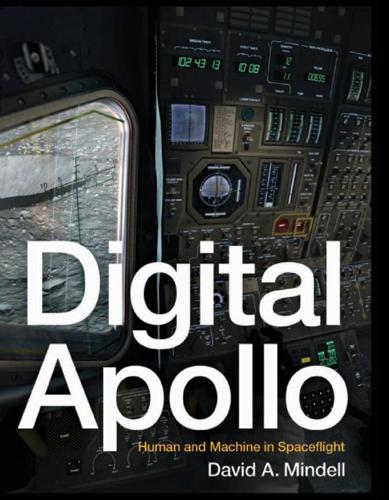
Digital Apollo: Human and Machine in Spaceflight
by
David A. Mindell
Published 3 Apr 2008
Could they take over if the computer failed? Could they help make the computers more reliable? How could the IL convince NASA and the astronauts to trust their lives to the machine? It has become fashionable to denigrate the computers of the past with phrases like ‘‘we flew to the moon with less computing power than I have on my wristwatch,’’ or ‘‘can you believe the entire Apollo program fit into a mere 36 k of memory?’’ Simply focusing on memory size, or the computer’s speed, however, misses the important engineering accomplishments of the Apollo computer. For who among us would risk our lives on our desktop computers, with all their speed, accuracy, and memory, and rely on their working flawlessly for two straight weeks?
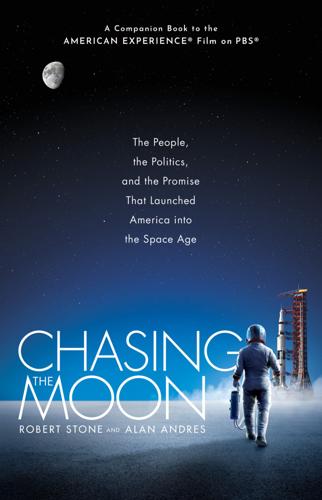
Chasing the Moon: The People, the Politics, and the Promise That Launched America Into the Space Age
by
Robert Stone
and
Alan Andres
Published 3 Jun 2019
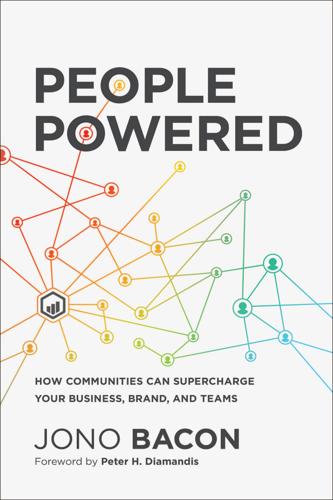
People Powered: How Communities Can Supercharge Your Business, Brand, and Teams
by
Jono Bacon
Published 12 Nov 2019

Future Crimes: Everything Is Connected, Everyone Is Vulnerable and What We Can Do About It
by
Marc Goodman
Published 24 Feb 2015
As information technologies continue to double in their price performance, capacity, and bandwidth, amazing things become possible. Take, for example, the iPhone that hundreds of millions of users carry in their pockets today. Incredibly, it literally has more computer processing power than that which was available to all of NASA during the Apollo 11 moon landing forty years ago. The modern smart phone is more than “a million times cheaper and a thousand times faster than a supercomputer of the ’70s.” As a result of mathematical repercussions of exponentials and Moore’s law, “we won’t experience a hundred years of progress in the twenty-first century; it will be more like twenty thousand years of progress (at today’s rate).”

12 Bytes: How We Got Here. Where We Might Go Next
by
Jeanette Winterson
Published 15 Mar 2021

Frugal Innovation: How to Do Better With Less
by
Jaideep Prabhu Navi Radjou
Published 15 Feb 2015
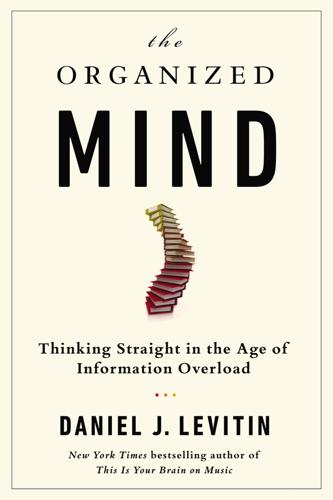
The Organized Mind: Thinking Straight in the Age of Information Overload
by
Daniel J. Levitin
Published 18 Aug 2014
As former Boeing scientist and New York Times writer Dennis Overbye notes, this information stream contains “more and more information about our lives—where we shop and what we buy, indeed, where we are right now—the economy, the genomes of countless organisms we can’t even name yet, galaxies full of stars we haven’t counted, traffic jams in Singapore and the weather on Mars.” That information “tumbles faster and faster through bigger and bigger computers down to everybody’s fingertips, which are holding devices with more processing power than the Apollo mission control.” Information scientists have quantified all this: In 2011, Americans took in five times as much information every day as they did in 1986—the equivalent of 175 newspapers. During our leisure time, not counting work, each of us processes 34 gigabytes or 100,000 words every day.
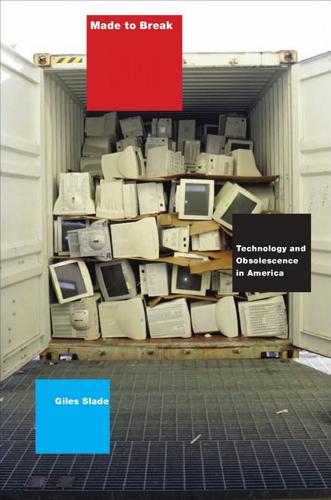
Made to Break: Technology and Obsolescence in America
by
Giles Slade
Published 14 Apr 2006